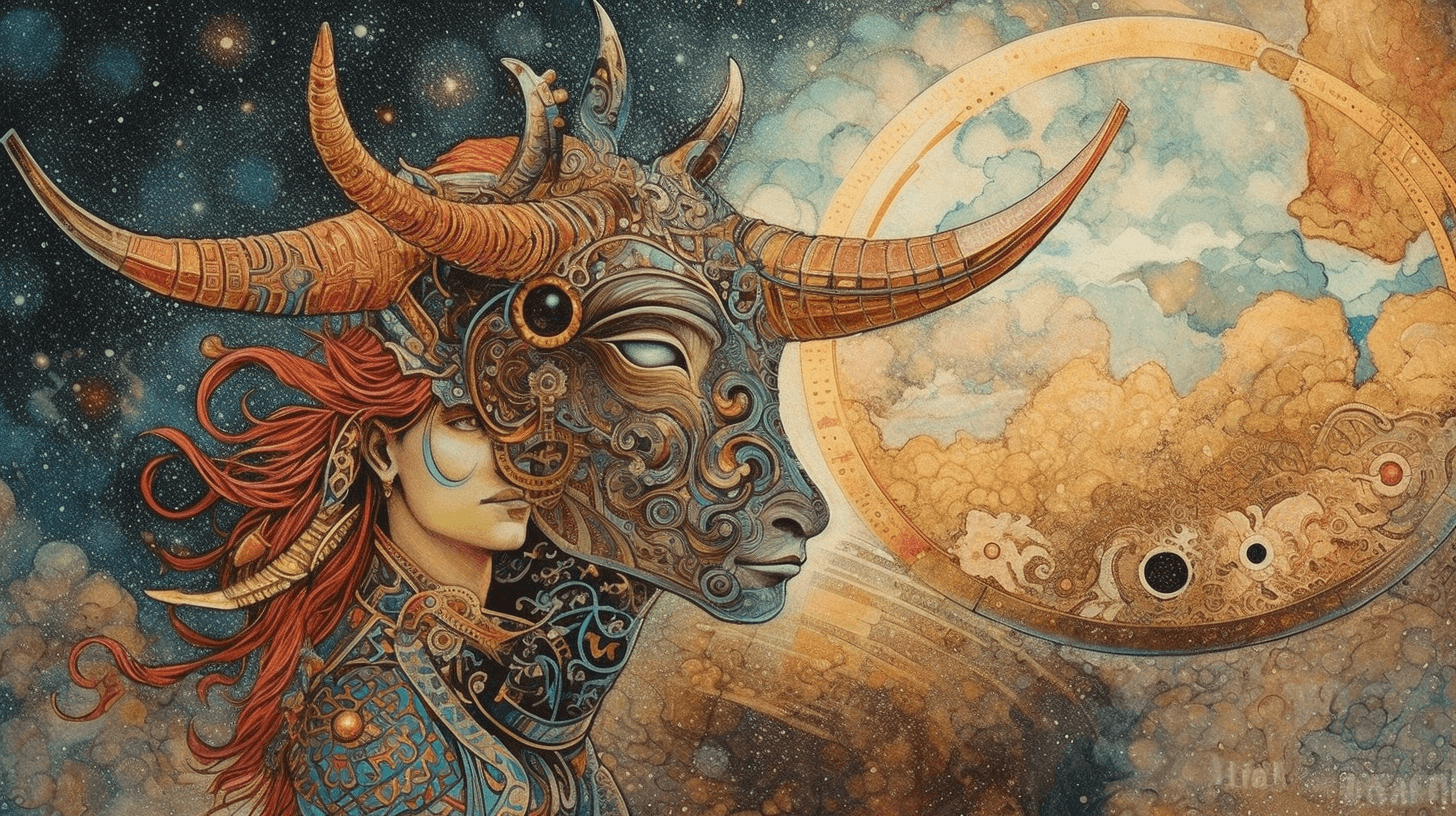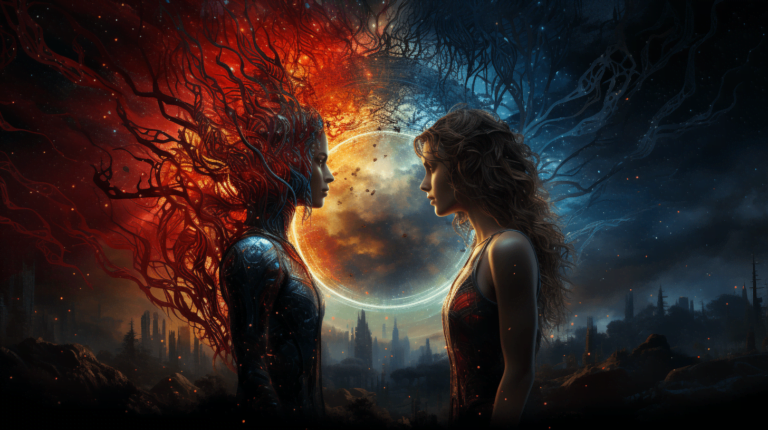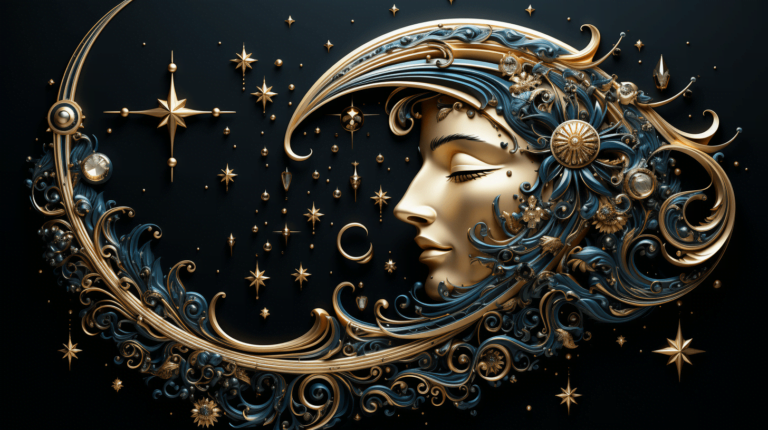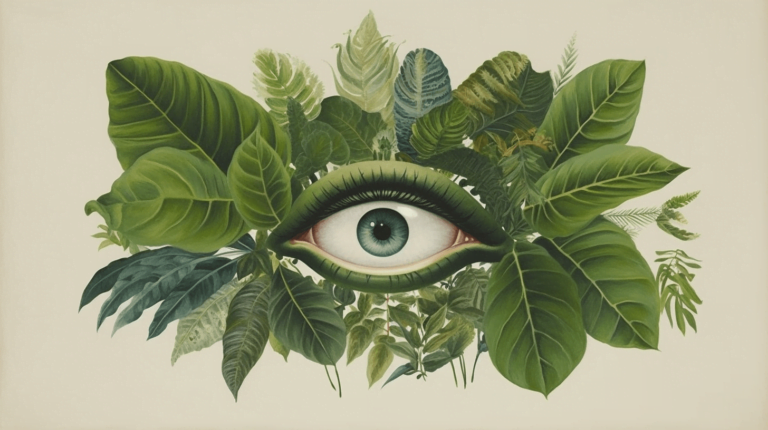Sun, Moon, Serpent, and Bull
Joseph Campbell and Carl Jung were both prominent scholars in the field of comparative mythology and psychology, respectively. They believed that certain symbols and archetypes appear universally in myths, dreams, and other forms of storytelling due to the shared subconscious of humanity.
Sun
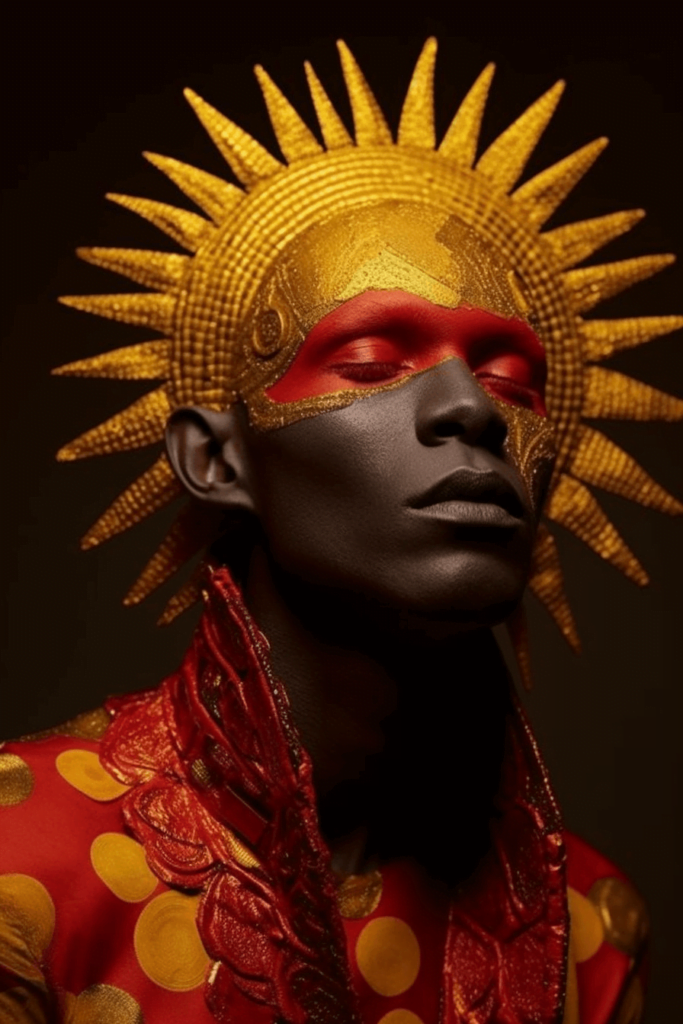
The sun is often associated with the divine, particularly masculine divinity, in many cultures. It symbolizes consciousness, enlightenment, and the ego in Jungian psychology. The rising and setting of the sun can signify the cycle of life and death, resurrection, and rebirth.
Moon
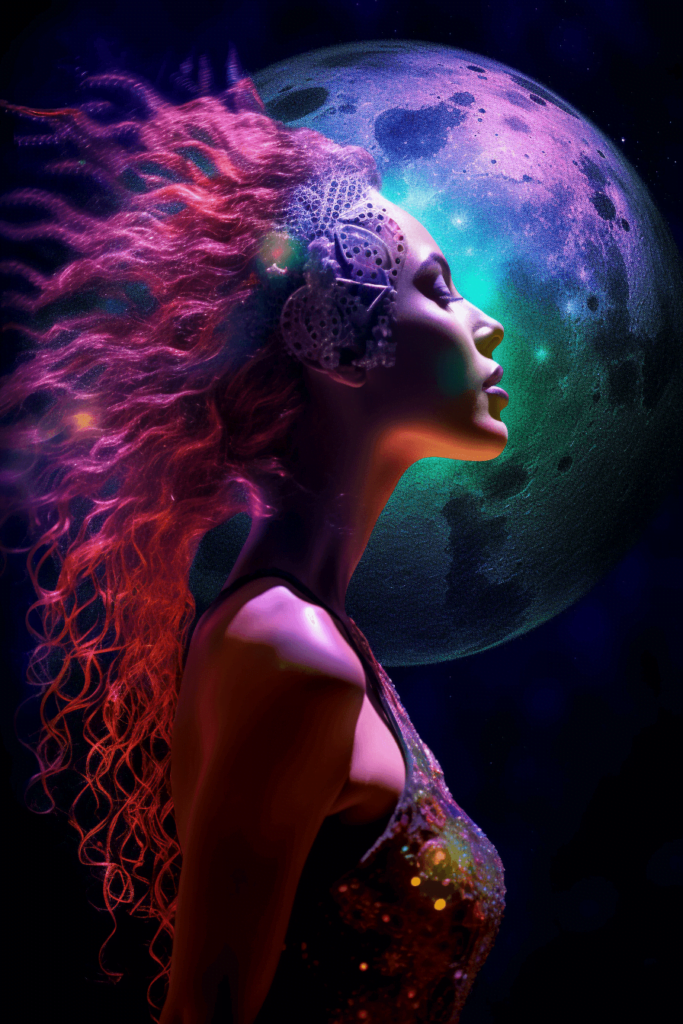
The moon is frequently associated with femininity and the unconscious. It represents the cyclical nature of life, given its phases of waxing and waning. Jung saw the moon as a symbol of the anima, the feminine aspect within the male unconscious. The moon’s constant change also embodies the psychological concept of transformation and progression.
Serpent
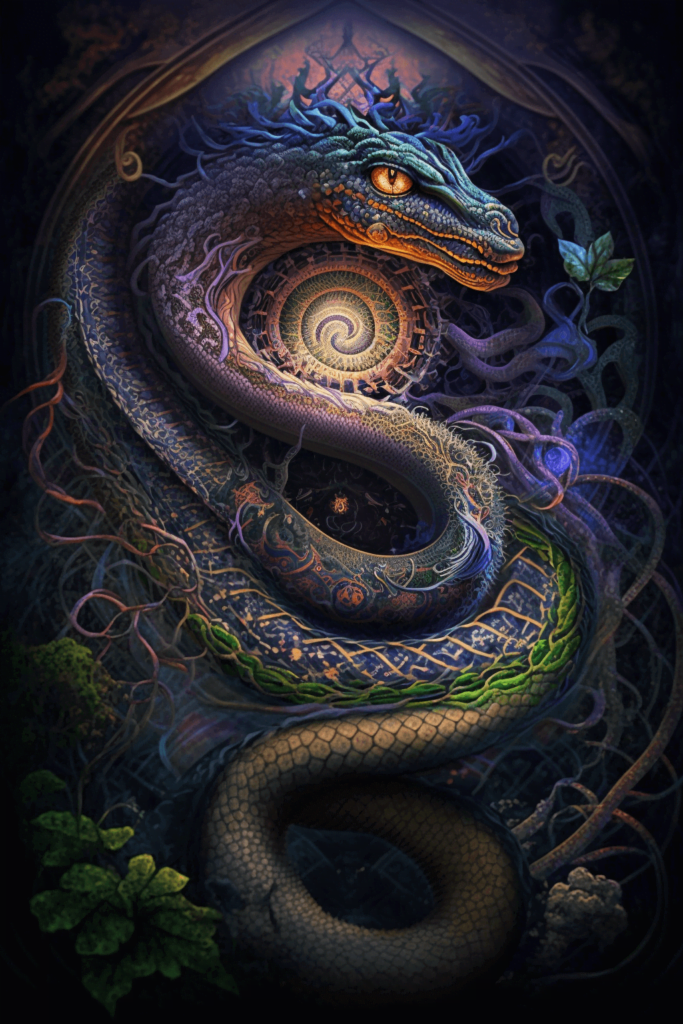
The serpent or snake is a powerful symbol with dual meanings. It can represent both wisdom and temptation, healing and danger. The ouroboros, a snake eating its own tail, is an ancient symbol of cyclicality and the eternal return. In Jungian psychology, the serpent can represent the process of individuation, where one confronts the shadow self to achieve personal growth.
Bull
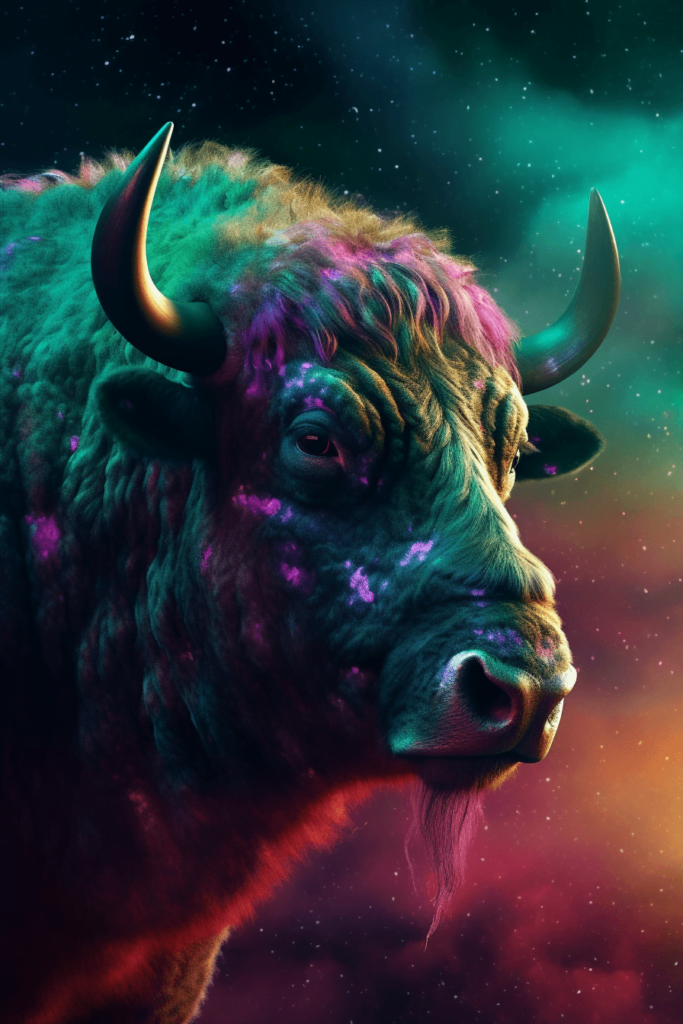
The bull is commonly linked with raw, primal power, fertility, and the instinctual nature of beings. It is often associated with masculine virility and the drive of the unconscious. The bull can be seen as a symbol of the animus, the masculine aspect within the female unconscious.
The relationships between these symbols
The relationships between these symbols are complex and multifaceted. The sun and the moon can be seen as opposites, representing the dichotomy of conscious/unconscious, masculine/feminine, day/night, etc. They complement each other, maintaining balance and harmony.
The serpent and the bull, too, might be seen as opposing forces. The serpent, with its connection to wisdom and the spiritual, provides a counterpoint to the bull’s physical power and earthly nature. But they can also intertwine: the bull’s raw power can be harnessed for spiritual growth, just as the serpent’s wisdom can be applied in the physical world.
Conclusion
These symbols together can represent a comprehensive view of human experience and psychology, encompassing the balance of masculine and feminine, conscious and unconscious, earthly and divine, wisdom and power. Each symbol sheds light on the others, and their interplay forms the basis of many mythological narratives. They form a symbolic language that speaks to universal human experiences and the process of psychological development as outlined in Jung’s theory of individuation.

